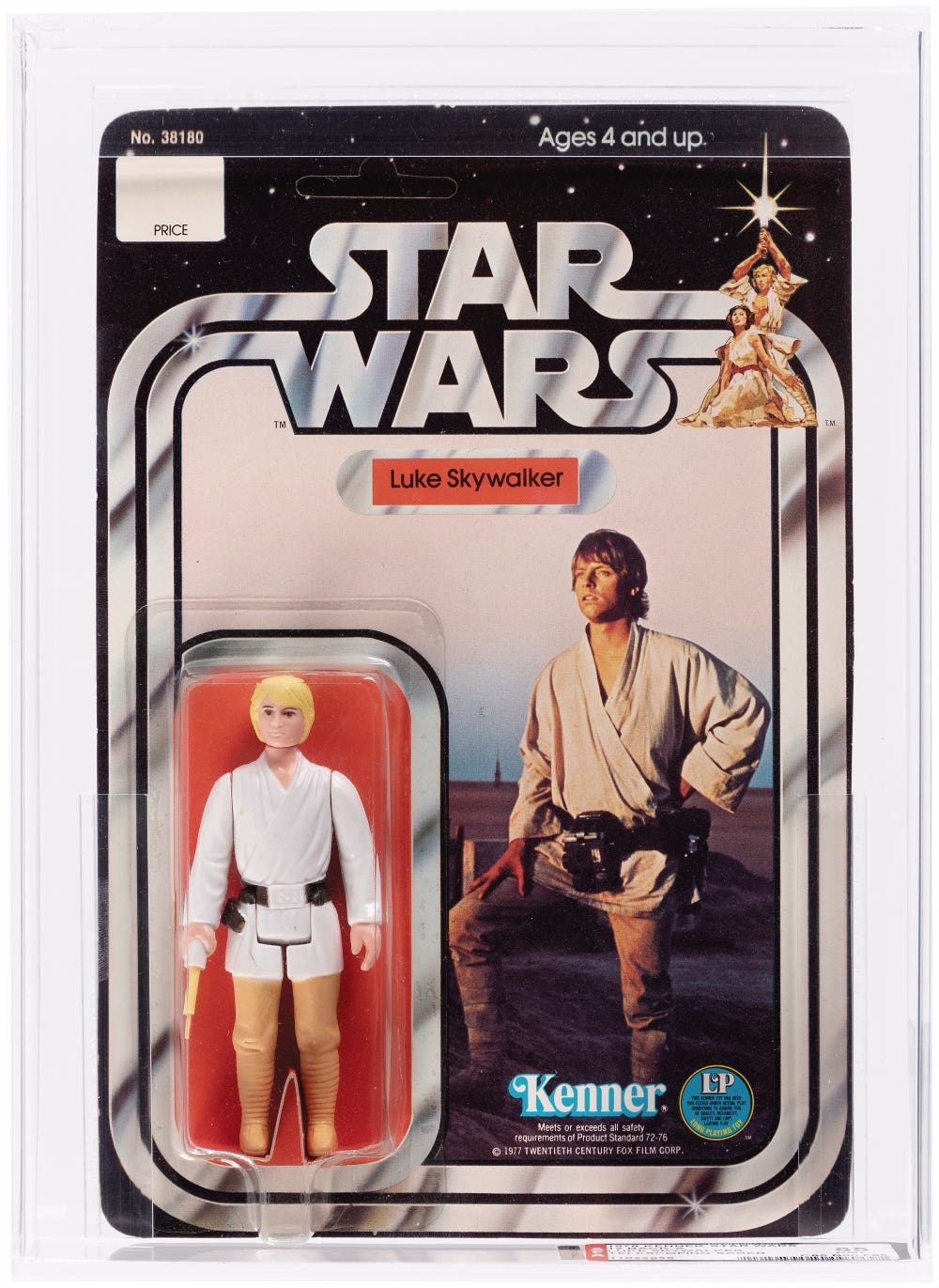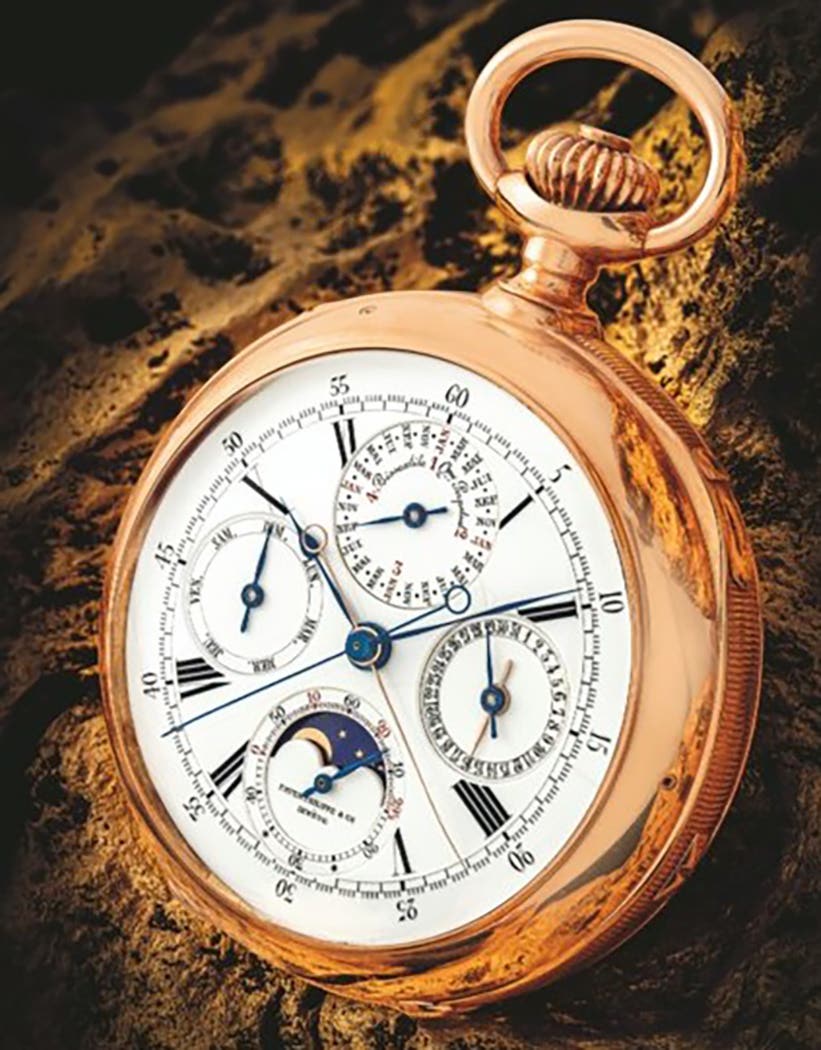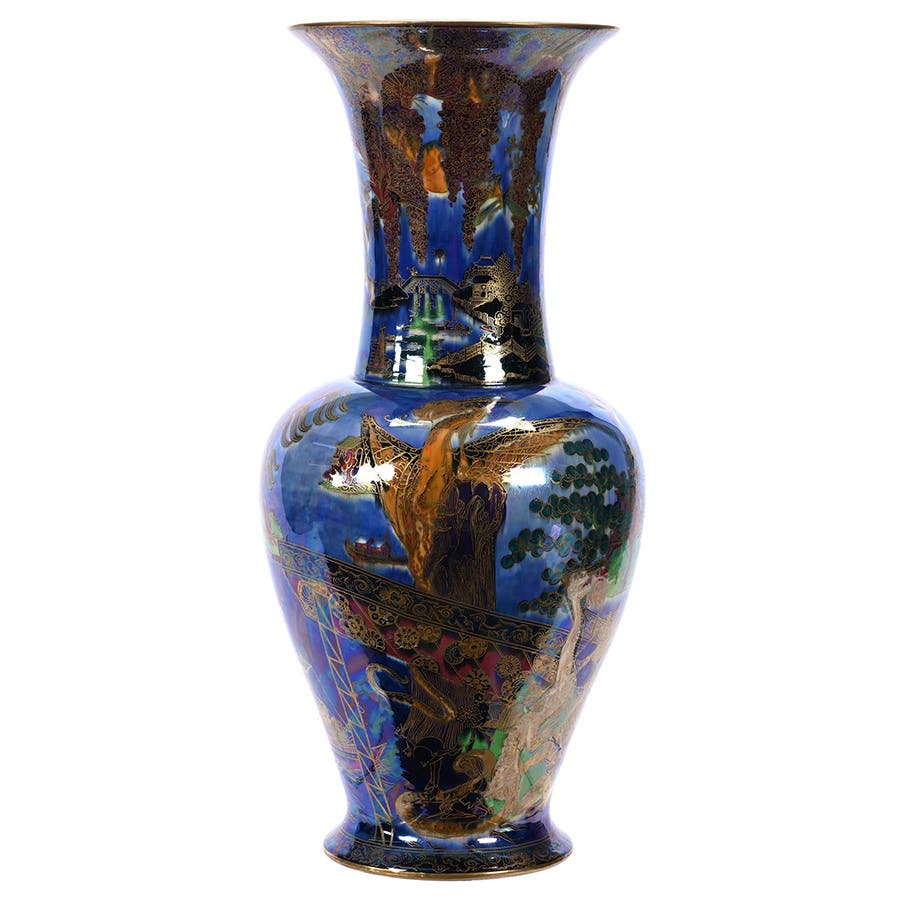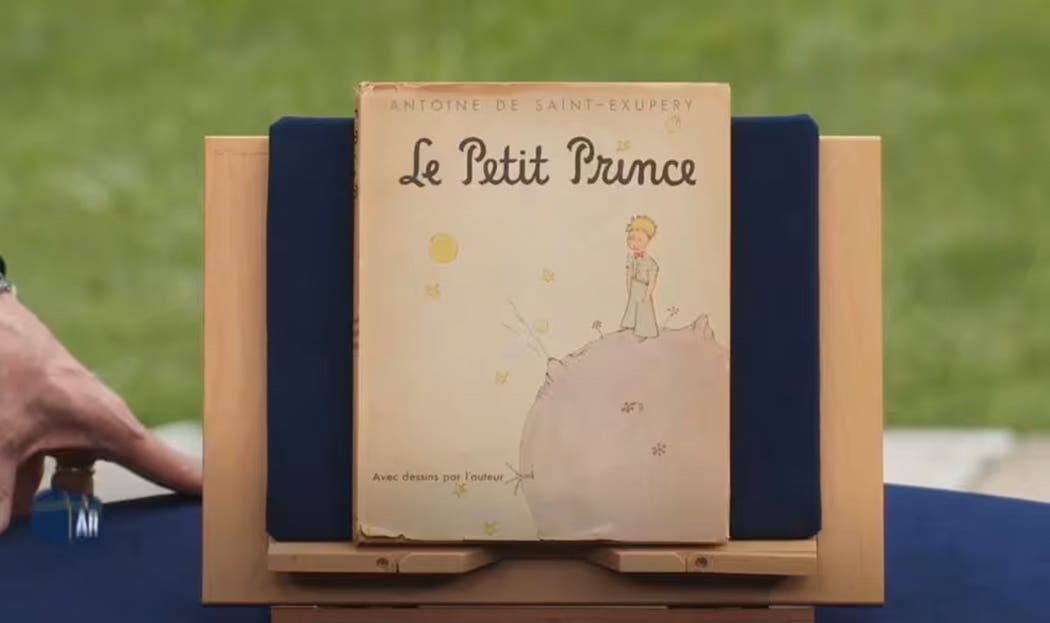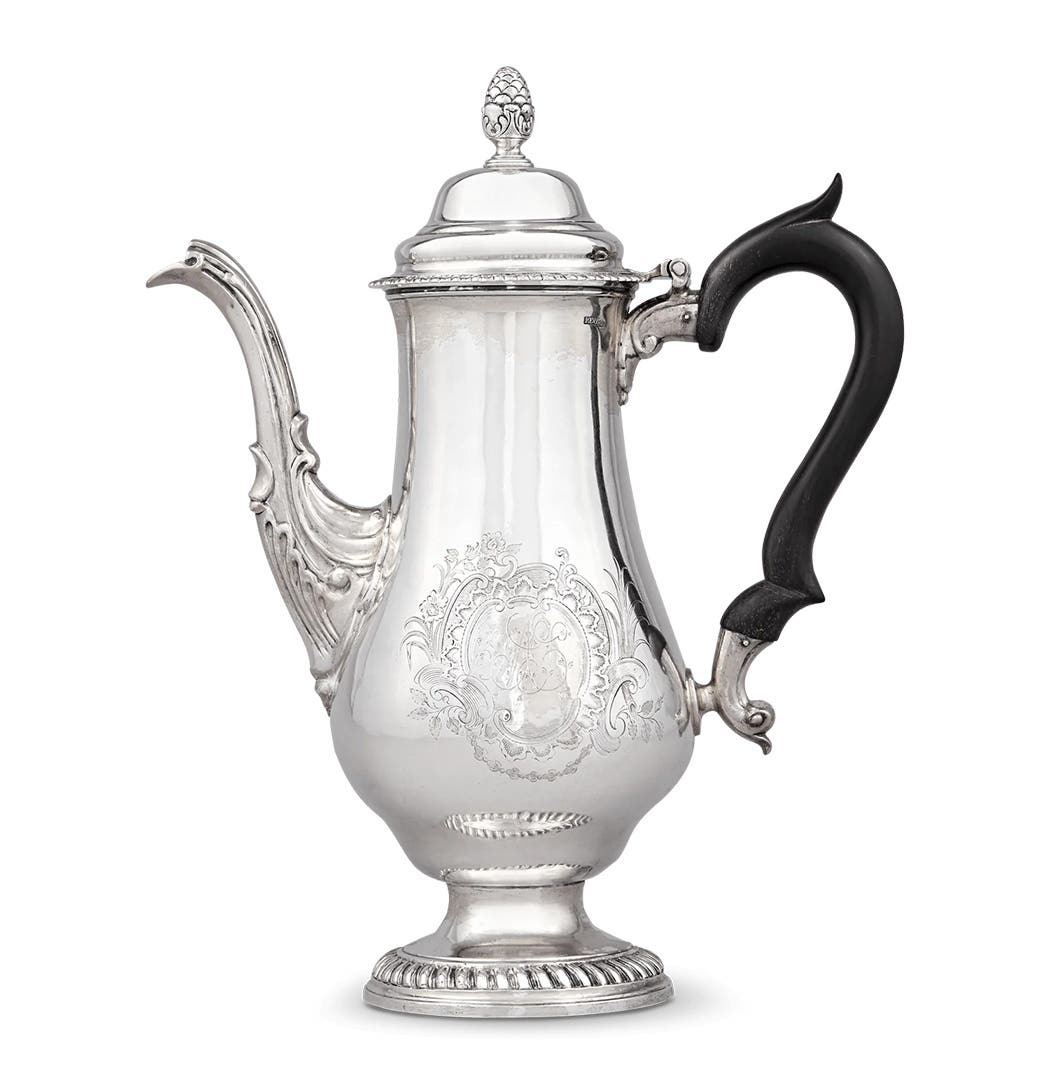Rousing customers’ senses leads to closing sales
Encouraging customers to make a conscious decision benefiting your business is what marketing is all about. In the latest installment of Behind the Gavel, Wayne Jordan shares insights on capturing customer interest, which is a critical step in the marketing process.
All the marketing you’ve ever done to promote your business is completely wrong and has been a gross waste of money. At least that’s what Dr. Neal Martin would have us believe in his book “Habit: The 95% of Behavior Marketers Would Have Us Ignore.”
I’m not convinced by Dr. Martin’s book. Effective marketing has a natural flow, and “Habit” would have us attempt to short-circuit that flow. Dr. Martin’s argument – that customers act out of habit rather than conscious design – is based on research by cognitive scientists who contend that up to 95 percent of our behavior is controlled by the unconscious part of the brain. Retail businesses should, according to a press release [http://www.nealemartin.com/press_releases.cfm] regarding Martin’s book:
• Focus on customer behavior, not attitudes or beliefs.
• Train customers through cause and effect, reward and repetition.
• Hold on to customers by keeping them from consciously thinking about the company.
• Break the customer’s existing habits in order to take them away from a competitor.
“Train customers through cause and effect, reward and repetition?” Sounds like I’m training a dog, not building a customer relationship. No doubt the “cognitive scientists” have a valid point in declaring that only 5 percent of our brain is used in the conscious decision-making process. That’s a good thing; I’d sure hate to have to simultaneously think about breathing and listening and smelling and tasting while I eat my dinner. But if someone’s going to enter your store, they have to make a conscious decision to do so; there’s nothing unconscious about it. Encouraging customers to make such a conscious decision is what marketing is all about.
The natural flow of the marketing and sales process is to:
1. Capture a customer’s attention.
2. Build their interest.
3. Create a desire for the product.
4. Convince them to take action (close the sale).
The place of marketing in this sequence is to capture attention and build interest. That’s it. Period. Marketing is what’s done to get customers into your store or to click to your website. Actual selling is done in your store, face-to-face in a “bricks” store or on your sales page of your online store.
Modern marketers go to great lengths to capture the attention of potential customers.
There’s a scene in the movie “Minority Report” that takes attention-getting to an extreme. The scene is set in the year 2054, and protagonist John Anderton (played by Tom Cruise) walks through a shopping area. As he does, devices scan his eyes, determine his identity and offer him personally customized advertising messages. The messages begin by greeting him and calling him by name; what better way to get someone’s attention?
Of course, retailers can’t identify and call out the names of all the strangers who pass by their stores – but they can come close if they choose to. The technology for doing so exists today; we don’t have to wait until 2054 to get it. The marketing technique of
“geo-fencing” establishes a radius around one’s store and sends messages directly to the smartphones of subscribers whenever they are within a certain distance of your shop. Geo-fencing is a type of “interruption marketing.” It interrupts what you are doing or thinking about to deliver an advertising message. To me, this is the most annoying type of marketing possible and nothing will cause me to turn off the radio or hang up the phone faster than this. Companies that persist in this type of activity lose my business altogether.
How then can antique stores capture the attention of potential customers without training them like dogs or rudely interrupting them with poorly timed messages? We do it in the same way it was done back when the antiques we now sell were new products.
On my coffee table sits one of my favorite books: “Advertising in America: The first 200 Years” by Charles Goodrum and Helen Dalrymple. The book is replete with 200 years of great display ads and commentary. One thing is clear about the ads: first and foremost, they are focused on getting a consumer’s attention. They do so by presenting an enticing photograph and offering a compelling benefit.
Take the accompanying 1925 Ladies Home Journal ad for Cracker Jack, for example (from my collection, not from the above book). The smiling young boy with his horses captures attention and gives a “down home” feel to the ad, which would appeal to rural 1925 Americans. The headline – “The more you eat, the more you want” – speaks to the product’s appeal to youngsters, while the parents are comforted by sales copy that states that the product is “more than a confection...it builds bones and muscle.”
This approach – capturing attention and building interest – should be the design basis for all of our in-store and online displays. When devising a store display, think in terms of “how do I get a shopper to stop and look at this product” rather than “what information do I need to give a customer in order to get them to buy this product?” Job No. 1 is to get a customer to stop and look at your product. Remember the selling sequence: attention, interest, desire and close. A display draws them in and offers a compelling reason to investigate further. Only when shoppers are interested in a product will they be tempted by signs offering a price reduction.
To get customers to stop and notice a product (whether in-store, a front window display or an e-store) a retailer must appeal to a shopper’s senses (as much as they are able): sight, sound, smell and touch. Readers who are curious about the science behind “sense marketing” will find an interesting article on Shopify: [http://bit.ly/ATBHGColb042915]
Here are a few suggestions for engaging shoppers’ attention:
Sight
A change in lighting will always draw the eye. It doesn’t have to be overly dramatic; just a change in color or brightness level will do the trick. Motion also draws the eye; I suspect this is a deep-seated defense mechanism in humans. Remember the movie “Christmas Story”? Ralphie and his siblings were captivated by all the movement in the department store window display.
Pictures: Signage is greatly improved when it includes a picture of the product in use or being enjoyed by someone. Videos: How-to videos are always eye-catching. If you sell a line of restoration products (Howards, for example), you’ll find several good instructional videos for these products on YouTube. [https ://youtu.be/LARrSHU9uXQ]
Sound
Almost any sound can get attention; the key is to limit the sound to the vicinity of the display. It’s best if the sound has something to do with the product (bird songs for birdcages, train whistles for toy trains, etc.).
Smell
Using smells can be problematic because some people are adversely sensitive to them. Also, smells tend to permeate a store, so use them sparingly. But, the smell of freshly popped popcorn makes a good addition to a display of vintage movie memorabilia, and the smell of baked goods adds appeal to a display of Hoosier cabinets and vintage kitchen paraphernalia. You don’t have to pop corn or bake bread to get these smells; these days you can buy them in a spray can.
Touch
Yes, I know: Antique dealers are often reluctant to allow customers to touch their products. Antique stores too often are decorated with “You Break It, You Bought It” signs. But, one of the reasons shoppers prefer bricks-and-mortar to online shopping is that they can pick up items to inspect them. Encourage such behavior; the resulting increase in sales will likely offset any losses from breakage.
Unlike Dr. Martin, I don’t believe that “habit” is “the 95 percent of behavior marketers would have us ignore. To be effective, our marketing simply has to make sense. All five of them, if possible.
Longtime columnist, writer, and author, Wayne Jordan is an antiques and collectibles expert, retired antique furniture and piano restorer, musician, shop owner, auctioneer, and appraiser. His passions are traveling and storytelling. He blogs at antiquestourism.com and brandbackstory.com.




